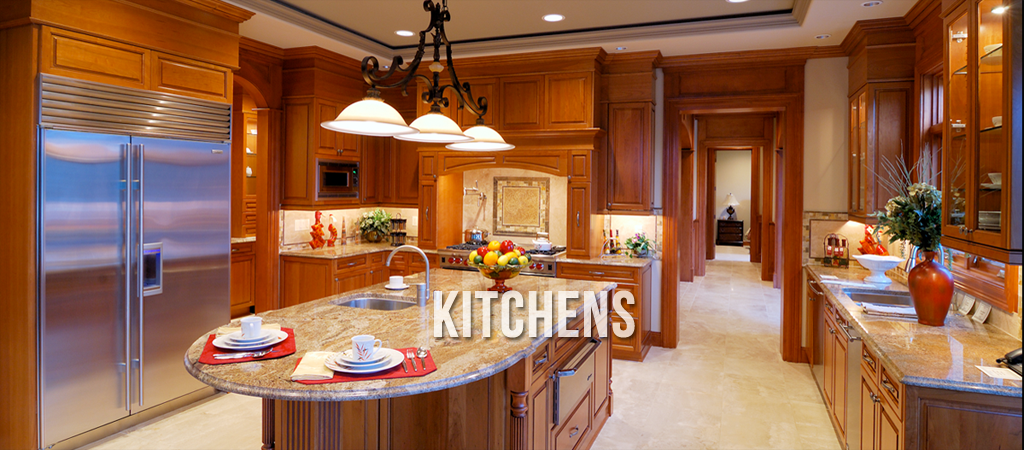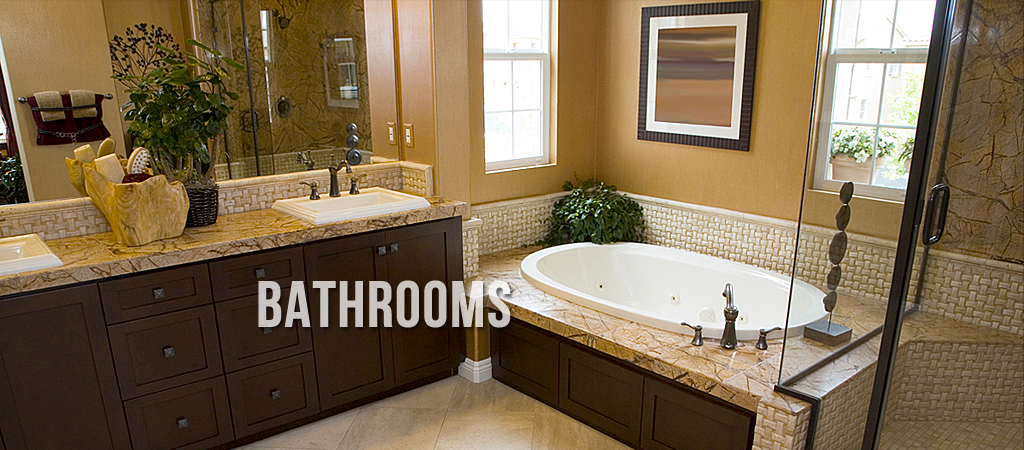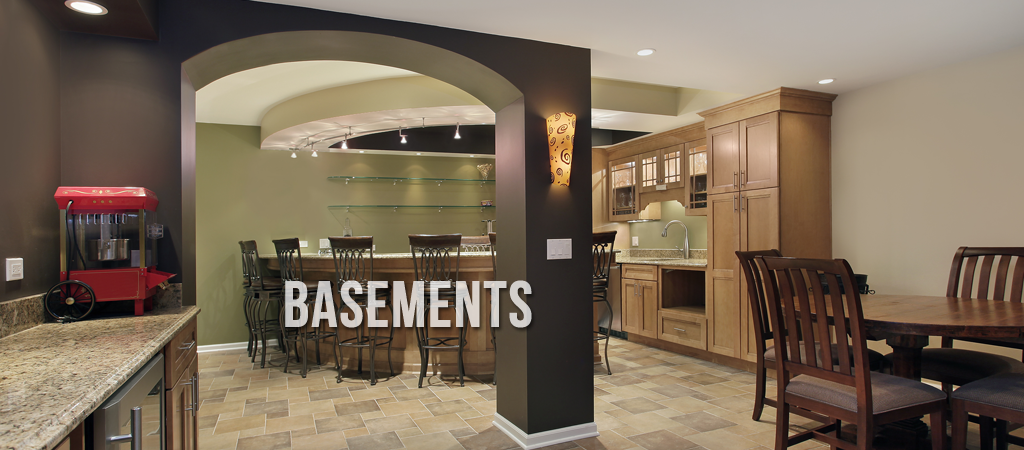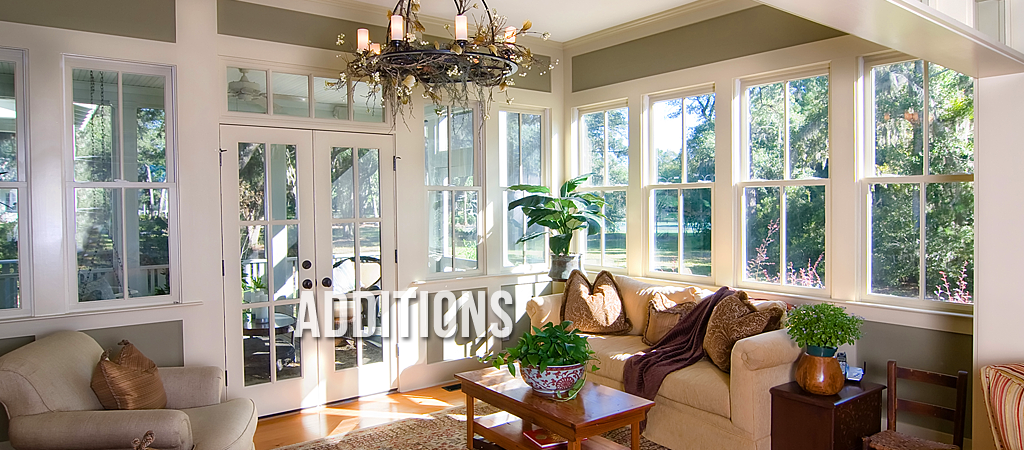Managing bathroom remodeling projects demands a solid grasp of industry terminology that directly impacts your renovation’s success. Understanding technical elements like the subfloor’s composition, shower pan installation requirements, and proper waterproofing membrane application guarantees you’ll make informed decisions. When you’re familiar with these fundamentals, you’ll confidently navigate your remodeling project while maintaining control over the outcome.
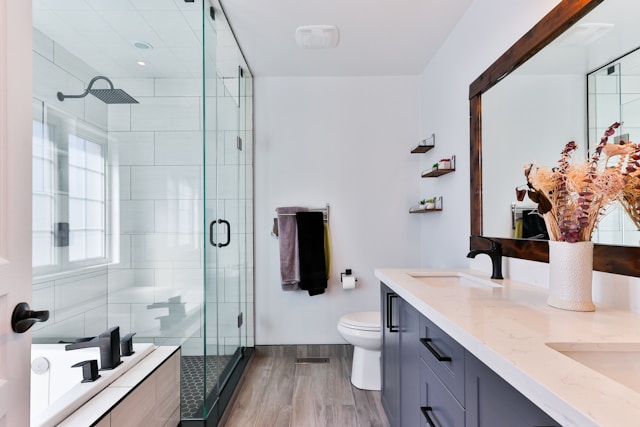
Introduction to Bathroom Remodeling Terminology
Knowledge of touchstoneremodelers.com terminology empowers you to communicate effectively with contractors and make well-informed decisions throughout your renovation project. Whether you’re discussing vanity installation specifications, selecting the perfect backsplash materials, or determining best bathroom lighting placement, understanding industry-specific terms helps you maintain control over your project’s direction and guarantee your vision is accurately executed.
What does “bathroom remodeling” really mean?
Bathroom remodeling encompasses any renovation work that alters or upgrades your bathroom’s existing structure, fixtures, or design elements. This includes modifications to wet walls for plumbing, installing GFCI outlets for safety compliance, and obtaining proper bathroom permits before work begins. Whether you’re updating a single fixture or completely reconfiguring the space, any intentional change qualifies as a remodel.
Why understanding remodeling terms empowers homeowners
When you’re familiar with bathroom remodeling terminology, you’ll navigate your renovation project with greater confidence and control. Understanding terms like exhaust fan CFM and the difference between grout vs caulk empowers you to:
- Challenge questionable contractor recommendations
- Make informed material selections independently
- Verify code compliance without relying solely on others
- Protect your investment by identifying potential issues early
Overview of Touchstone Remodelers, LLC’s expertise
Experience forms the foundation of Touchstone Remodelers, LLC’s two-decade presence in Silver Spring and the greater Maryland region. You’ll benefit from their specialized knowledge in upscale bathroom transformations, including extensive bathroom tile options that range from classic porcelain to premium natural stone. Their team’s proven track record encompasses hundreds of successful renovations, consistently meeting stringent local building codes and design standards.
Structural Components You Need to Know
Building upon our proven expertise, let’s examine the core structural elements that make up a successful bathroom renovation.
- Load-bearing walls – essential for maintaining structural integrity; don’t compromise these without professional assessment
- Floor joists – determine your renovation’s weight capacity
- Subfloor – critical moisture barrier protecting your home’s foundation
- Wall studs – anchor points for fixtures, cabinets, and support bars
These foundational components demand precise planning and expert execution.
What is a subfloor and why does it matter?
Although often overlooked, the subfloor serves as your bathroom’s significant foundation layer, sitting directly beneath your finished flooring material. It’s typically made of plywood or oriented strand board (OSB) and provides vital structural support. When remodeling, you’ll need to make sure your subfloor is level, stable, and moisture-resistant to prevent future issues like warping, sagging, or tile cracks.
The wet wall: What it is and how it affects design
A wet wall serves as your bathroom’s primary plumbing hub, containing essential water supply lines, drain pipes, and vent stacks that service your fixtures. Understanding its location impacts your entire bathroom layout and design freedom.
- You’ll save substantially by placing fixtures against this wall
- You’re limited in fixture placement unless creating additional wet walls
- You’re able to maximize space efficiency with strategic wet wall planning
- You’ll prevent costly plumbing reroutes by designing around existing wet walls
The role of framing and support in remodeling
When you’re planning a bathroom remodel, proper framing and structural support form the foundation of every successful project. You’ll need to confirm floor joists can handle heavy fixtures like soaking tubs, while wall studs must be correctly positioned to support mounted vanities and grab bars. Load-bearing calculations and reinforcement decisions will determine your freedom to place fixtures exactly where you want them.
Plumbing & Electrical Essentials
Safety and functionality intersect in your bathroom’s plumbing and electrical systems, forming the optimal infrastructure of your remodel. Understanding these core components empowers you to make informed decisions and maintain control over your project.
- GFCI outlets protect you from electrical shocks in damp areas
- P-traps prevent sewer gases from entering through drains
- Moist walls house essential plumbing lines behind tile or drywall
- Water supply lines require proper sizing for best pressure
GFCI outlets: What they are and why they’re code-required
Among the most fundamental electrical components in your bathroom, Ground Fault Circuit Interrupter (GFCI) outlets serve as your primary defense against electrical shock hazards. These specialized outlets instantly cut power when detecting current imbalances, protecting you from electrocution in wet environments. Building codes mandate GFCI outlets within 6 feet of water sources, making them non-negotiable in bathroom renovations – but they’re essential for your safety anyway.
Understanding permits for plumbing and electrical work
Most bathroom remodeling projects that involve plumbing or electrical modifications require permits from your local building department. These permits protect your investment and guarantee work meets safety codes.
- You’ll avoid costly fines and potential removal of non-permitted work
- Your insurance will remain valid if incidents occur
- You’ll maintain property value for future resale
- You’re assured inspections by qualified officials who verify contractor compliance
Exhaust fans and proper bathroom ventilation (CFM explained)
Proper ventilation through an exhaust fan is crucial for maintaining your bathroom’s air quality and structural integrity. CFM (Cubic Feet per Minute) measures your fan’s airflow capacity – you’ll need 1 CFM per square foot of bathroom space, with a minimum of 50 CFM. For best moisture control, choose a fan rated 20% higher than your calculated needs, and make sure it vents directly outdoors.
Fixtures and Fittings Defined
While ventilation keeps your bathroom healthy, the fixtures and fittings you select will define its functionality and style. Understanding these core components empowers you to make informed decisions without compromise.
- Plumbing fixtures: Your toilets, sinks, and tubs – permanent installations connected to water supply
- Hardware fittings: Faucets, shower heads, and handles – control water flow
- Accessory fittings: Towel bars, mirrors, and paper holders – enhance daily use
- Specialty fixtures: Bidets, wall-mounted sinks, or ADA-compliant grab bars – customize your space
Vanity: Function, form, and installation factors
A bathroom’s vanity serves as both the visual centerpiece and functional hub of your space, combining storage, sink installation, and counter surface in one essential unit. When selecting your vanity, consider mounting height (standard 32-36″), plumbing rough-in locations, and required clearances. You’ll need to decide between freestanding or wall-mounted options, factoring in your space’s layout and storage needs.
The importance of shower pans in waterproofing
Serving as your shower’s first line of defense against water damage, the shower pan plays a critical role in bathroom waterproofing. This pre-sloped base directs water to your drain while protecting the subfloor.
- No more worrying about costly structural repairs
- Freedom from mold and mildew infiltration
- Protection for your home’s foundation integrity
- Independence from recurring maintenance issues
Custom pans offer superior protection versus pre-fabricated options.
Choosing the right fixtures for safety and accessibility
Beyond waterproofing considerations, proper fixture selection can make or break your bathroom’s safety profile. You’ll want to install GFCI outlets to prevent electrical shocks, grab bars rated for 250+ pounds, and non-slip flooring with a coefficient of friction above 0.42. Consider comfort-height toilets and curbless showers for aging-in-place, while lever-style handles provide easier operation for all users.
Surface Materials and Waterproofing
Water’s persistent assault on bathroom surfaces demands meticulous material selection and proven waterproofing methods. You’ll need to understand your options to safeguard your investment and guarantee durability.
- Porcelain tile’s compact composition frees you from continual maintenance while providing excellent moisture resistance
- Waterproof membrane systems establish an impenetrable barrier against concealed leaks
- Cement backer board hinders harmful mold growth behind walls
- Silicone-based sealants uphold essential moisture barriers at joints
Waterproofing membranes: Invisible protection with major impact
Beneath every beautiful tile surface lies an unsung hero of bathroom durability – the waterproofing membrane. This essential barrier prevents moisture from seeping into your subfloor and walls, protecting against mold, rot, and structural damage. You’ll find options like sheet membranes, liquid-applied systems, and newer peel-and-stick varieties, each creating a seamless protective layer between your tiles and substrate.
Grout vs. caulk: Differences, uses, and common mistakes
Throughout any bathroom remodel, you’ll encounter two critical sealing materials that serve distinct purposes: grout and caulk. While grout fills joints between tiles with a cement-based mixture, caulk creates flexible seals at material changes.
- Don’t let water seep behind your walls by skipping caulk at tub-to-tile connections
- Prevent costly repairs by avoiding grout in moving joints
- Save time and money by choosing sanded grout for wider openings
- Protect your investment with silicone caulk in wet areas
Popular tile and surface options for modern bathrooms
From sleek porcelain to natural stone, today’s bathroom tile options offer unprecedented design flexibility while meeting essential functional requirements.
Your top choices include large-format porcelain tiles that minimize grout lines, waterproof luxury vinyl tile (LVT) for cost-effective installations, and natural stone options like marble and travertine. For walls, ceramic subway tiles remain popular, while glass mosaics create striking accent features.
Aesthetic and Functional Design Elements
Modern bathroom design relies on up to six core elements that blend form with function: lighting, storage solutions, fixture placement, color schemes, ventilation, and spatial flow.
When planning your remodel, consider these critical design aspects:
- Multi-layered lighting that combines task, ambient, and accent fixtures
- Built-in storage niches that maximize wall space
- Strategic fixture positioning for best traffic flow
- Ventilation systems that integrate seamlessly with your design aesthetic
Backsplashes: Beauty meets protection
Building on your design foundation, backsplashes serve as both a protective barrier and a style statement in your bathroom. They prevent water damage to your walls while creating visual interest around your vanity. You’ll find options ranging from classic ceramic tiles to modern glass panels, with heights typically varying from 4 inches to full-wall coverage behind sinks and countertops.
Lighting considerations for function and mood
Strategic bathroom lighting routinely requires a layered approach to meet both practical and aesthetic needs. You’ll want multiple light sources to create both functionality and ambiance.
- Task lighting around your vanity eliminates unflattering shadows
- Ambient ceiling lights provide overall room illumination
- Accent lights showcase architectural features
- Dimmable options let you control the mood
Make sure your fixtures are wet-rated for safe bathroom use.
Optimizing storage without compromising layout
Within every bathroom, storage needs must be balanced against available square footage to maintain functionality. You’ll maximize space by incorporating recessed medicine cabinets, floating vanities, and vertical storage towers. Install over-toilet shelving units and utilize corner spaces with angular cabinets. Consider pull-out organizers and drawer dividers in vanities to compartmentalize toiletries while preserving your room’s open flow.
Project Management and Labor Insights
Beyond storage solutions, effective bathroom remodeling hinges on coordinated project management and skilled labor allocation. Your project’s success depends on understanding these critical labor components:
- Specialized trade sequencing (plumbers, electricians, tile setters)
- Timeline benchmarks and critical path milestones
- Material delivery coordination with installation phases
- Labor hour allocation across demolition, rough-in, and finish work
These elements directly impact your renovation’s cost, duration, and quality.
Why permits matter more than you think
Building permits serve three critical functions in your bathroom remodeling project: legal compliance, safety assurance, and property value protection. When you skip permits, you’re risking fines, mandatory demolition, and insurance claim denials. They’re not just bureaucratic red tape – they guarantee your contractor follows current building codes, your modifications meet safety standards, and your investment remains legally documented for future property transactions.
DIY vs. hiring pros: When to call Touchstone Remodelers
While proper permits protect your investment, deciding whether to handle a bathroom remodel yourself or hire professionals requires careful evaluation of your skills, time, and project scope.
- You’ll need specialized tools and technical expertise for plumbing, electrical, and waterproofing
- Critical mistakes can lead to costly water damage and mold issues
- Complex projects involving load-bearing walls demand professional oversight
- Your time investment could exceed 80+ hours versus a pro team’s efficient 1-2 weeks
Common challenges and how project managers solve them
Professional project managers routinely tackle bathroom remodeling’s most complex obstacles through systematic problem-solving protocols. When you’re facing hidden water damage, misaligned plumbing, or structural surprises, they’ll quickly assess, document, and implement solutions. They’ll coordinate with specialized contractors, adjust timelines, and navigate permit requirements while maintaining budget constraints – keeping your renovation on track despite unexpected challenges.
Conclusion
Armed with this technical knowledge, you’re now equipped to navigate the intricate landscape of bathroom renovation. From understanding wet wall configurations to mastering electrical compliance requirements, you’ll communicate more effectively with industry professionals. When challenges arise during your project’s lifecycle, you’ll recognize potential issues before they become costly setbacks. Contact Touchstone Remodelers, LLC to transform your theoretical understanding into a tangible, code-compliant bathroom upgrade that maximizes b

